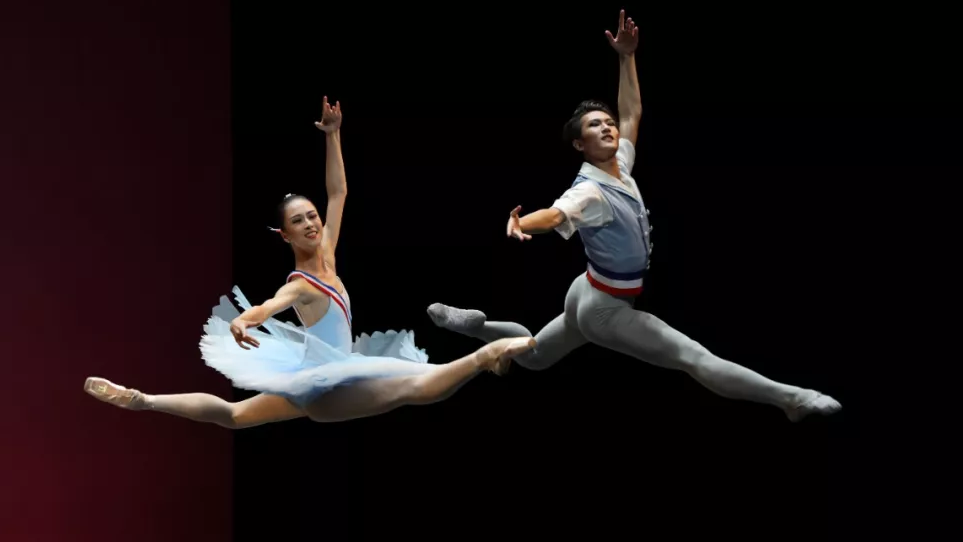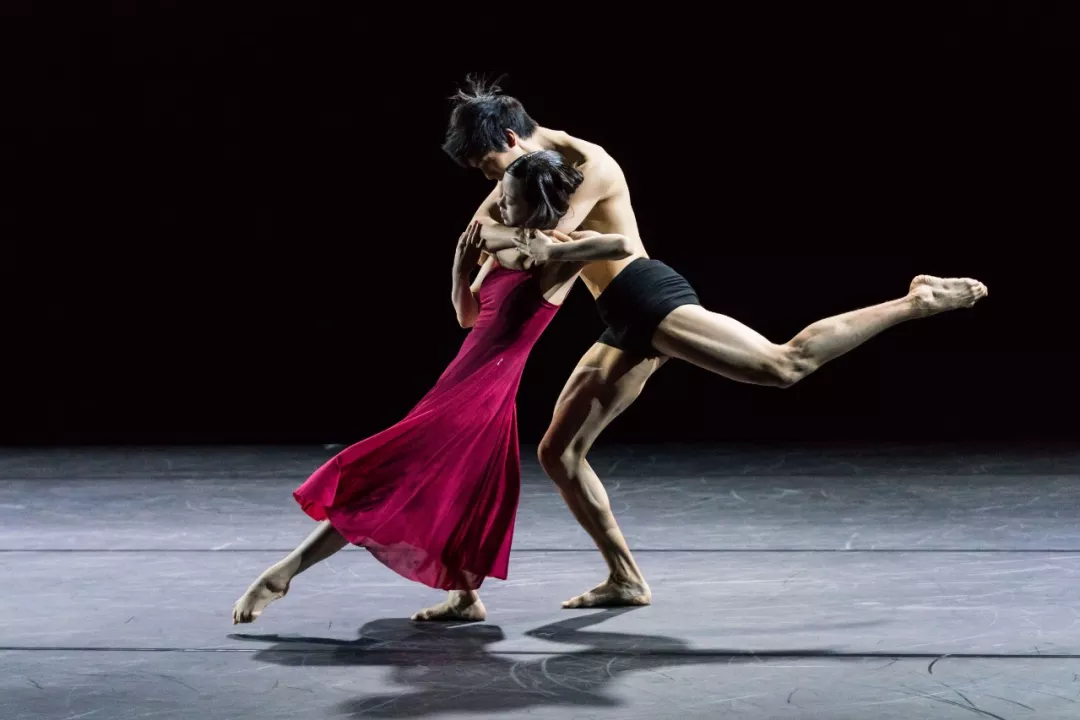

Dancers take part in the 5th Beijing International Ballet and Choreography Competition in Beijing, China, July 2019. /Photo provided by the Beijing International Ballet and Choreography Competition
Young ballet dancers and choreographers hoping to make it big have gathered in Beijing for the 5th International Ballet and Choreography Competition (IBCC) running until July 19.
Over 100 dancers, aged 14 to 25, were selected from four continents and have been showing off their artistic and technical prowess all week in classical variations from "La Sylphide," "Le Corsaire" or "Don Quixote," as well as in contemporary creations.
Around 30 aspiring choreographers, aged 19 to 35, are meanwhile presenting original pieces.
The jury for both categories is made up of ballet's crème de la crème, including names like Julio Bocca and Angela Corella, former principals at the American Ballet Theater; ex-Mariinsky prima ballerina Ulyana Lopatkina; former Paris Opera étoile Kader Belarbi; Viviana Durante, former principal of the Royal Ballet; and former Bolshoi Ballet director Alexei Ratmansky.
The 1st Beijing International Ballet and Choreography Competition was held in 2011 and new editions have been held every two years since.

Dancers take part in the 5th Beijing International Ballet and Choreography Competition in Beijing, China, July 2019. /Photo provided by the Beijing International Ballet and Choreography Competition
Past winners who have gone on to win the prestigious Prix de Lausanne and headline world-renowned troupes have included Julian MacKay, first soloist at St. Petersburg's Mikhailovsky Theater; Sasha Mukhamedov, principal at the Dutch National Ballet; and Melissa Hamilton, first soloist at the Royal Ballet. Others have joined top companies in the U.S., Australia, Cuba, Romania and Germany.
Rivaling with the best
Ballet has long been associated with the West. Technique was developed in Russia and France, and the world's best known classical ballets – Swan Lake, The Nutcracker or Giselle – hail from that tradition.
The U.S. later caught on, with choreographers like George Balanchine and Jerome Robbins making their mark, and the American Ballet Theater joined the likes of the Bolshoi, the Mariinsky and the Paris Opera Ballet as places of excellence.
But pirouettes, fouettés, entrechats and grand jetés have been enjoying growing popularity and prestige in Asia and China in recent years.

Screenshot of Kader Belarbi's Facebook page, showing the jury members at the 5th Beijing International Ballet and Choreography Competition. /CGTN
The Shanghai International Ballet Competition was set up in 1995 and the IBCC followed in 2011.
And Chinese dancers have also been increasingly recognized abroad.
Zhu Yan, a jury member at this year's IBCC and former principal at the National Ballet of China, and Chi Cao, later principal at the Birmingham Royal Ballet, became the first Chinese dancers to win first prizes at the famed Varna International Ballet Competition in Bulgaria in 1998.
Since then, half a dozen Chinese dancers have followed in their graceful footsteps.
China also now rivals Japan and Korea in churning out Prix de Lausanne winners.
A deeper understanding
At the opening of this year's IBCC, Wang Ning, president of the National Center for the Performing Arts, which is hosting the competition, commended it for deepening cooperation between dancers and dance companies around the world.

A dancer takes part in the 5th Beijing International Ballet and Choreography Competition in Beijing, China, July 2019. /Photo provided by the Beijing International Ballet and Choreography Competition
"Through this competition, a large number of young and outstanding ballerinas and choreographers have stood out and moved into the world, becoming the rising stars of tomorrow," he noted.
Jury president Julio Bocca, artistic director of the National Ballet of Uruguay and a four-time jury member in Beijing, also observed that the IBCC has become more and more international since its inception. The number of candidates signing up from abroad has steadily gone up, he told reporters, a sure sign the competition is gaining in recognition.
Audience numbers this week, even during the semifinals, have been high, according to the NCPA. The Beijing public has shown "considerable improvement in the understanding of the rules of ballet art and theater," it concluded.

Copyright © 2018 CGTN. Beijing ICP prepared NO.16065310-3
Copyright © 2018 CGTN. Beijing ICP prepared NO.16065310-3